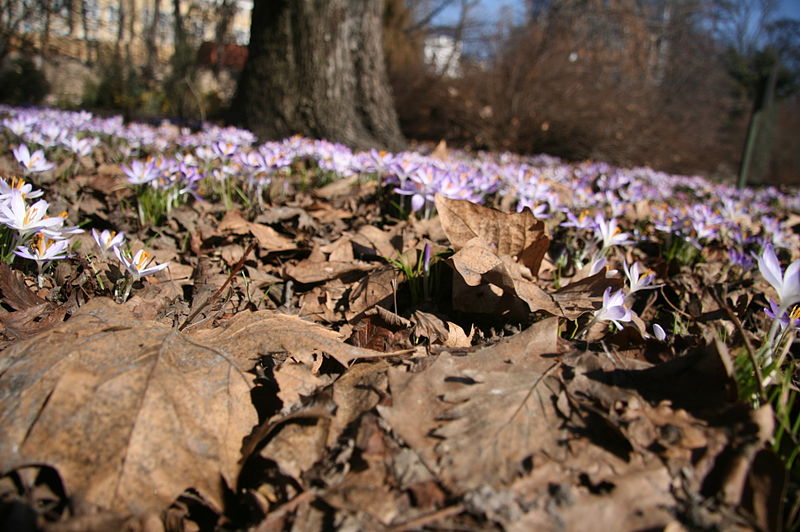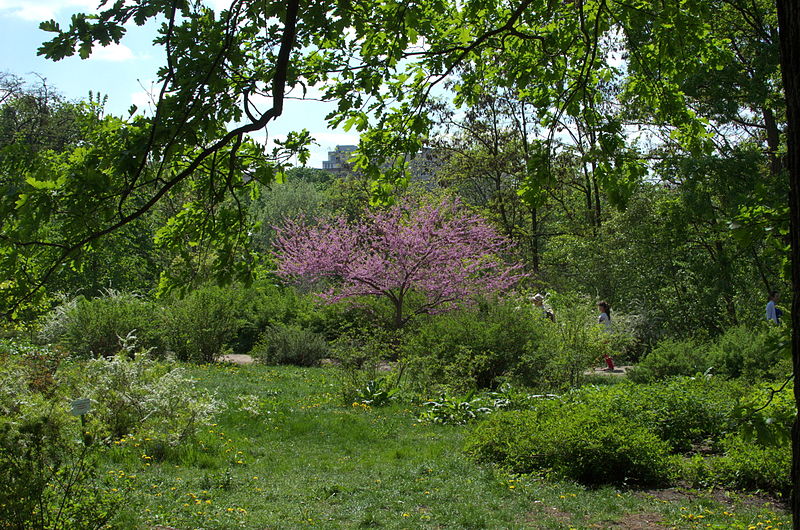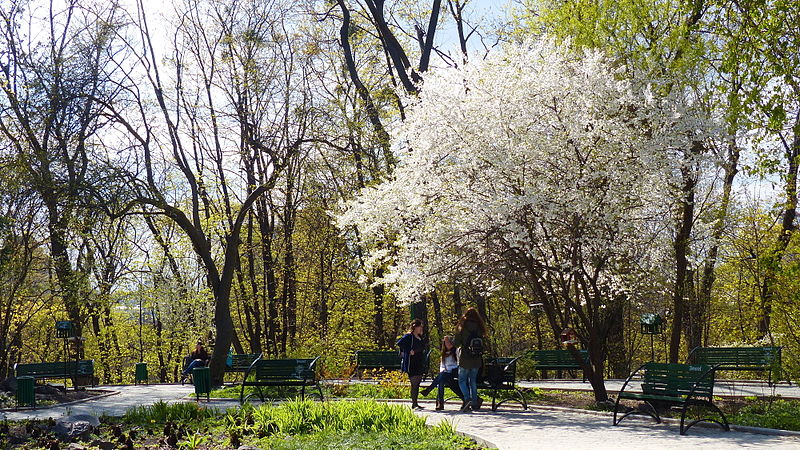Botanical Garden named after A. AT. Fomin
The Botanical Garden named after Academician Alexander Fomin is one of the oldest botanical gardens in Ukraine. The garden is located next to the National University. T. G. Shevchenko.

For the first time, the architect Beretti Vikenty Ivanovich raised the topic of the garden, according to the plan of which the University of Shevchenko was already built. According to his plan, the garden was to be broken in a desert territory near the university. But his plans, due to lack of money, were destined to come true only after 5 years, and another person headed the construction site - the head of the botany department R. Uh. Trautfetter. Then the garden received the status of temporary construction, in 1841 the garden was given a permanent status. Only after that began to build terraces and greenhouses.
By 1950, the collection of the botanical garden already read over 25 thousand trees, more than 400 species of shrubs and over 4000 species of plants from different countries. In 1914, the garden was headed by Alexander Vasilievich Fomin, who fell on the First World War and Civil War. Even in conditions of total devastation, he was able to build 3 new greenhouses, and the Botany Department founded by him in 1922 later became the N. Botany Institute. G. Cold. After his death in 1935, a botanical garden was named after him. During World War II, many of the most valuable plants were destroyed, many were taken to Germany.

The garden consists of 4 scientific departments engaged in acclimatization, plant study for their protection, protection against parasites and more rational use. Among the trees you can see those that were planted at the base of the garden. These are North American representatives such as red oak, horse chestnut, black nut, Weimutova pine, Canadian cercis. Ginkgo, Japanese sophora, lacquer tree grow from Asia here. Of the European trees, it is especially worth noting the oriental beech, black pine, berry yew. Botanical almost all year round drowning in flowers. In the spring, rhododendrons bloom along the tracks, closer to the summer of magnolia and other shrubs, replacing each other.









